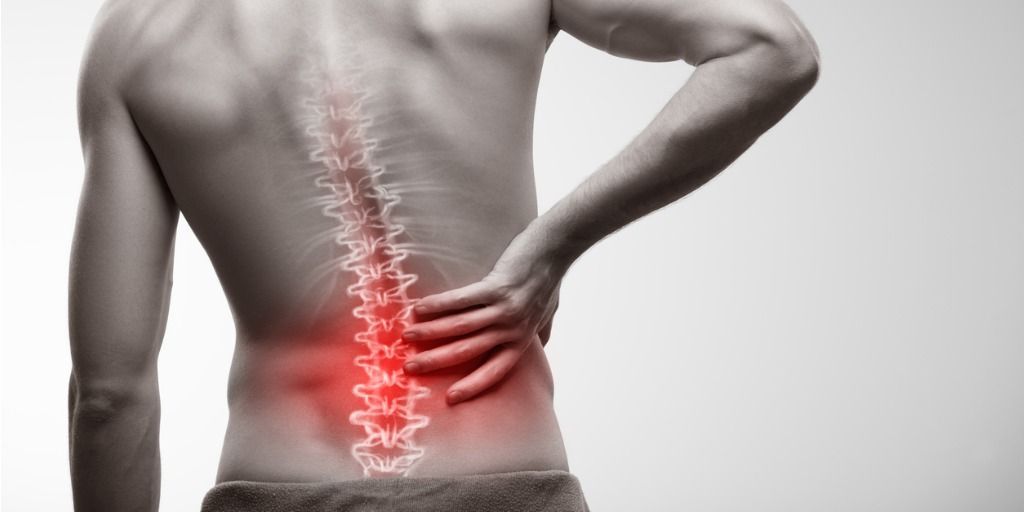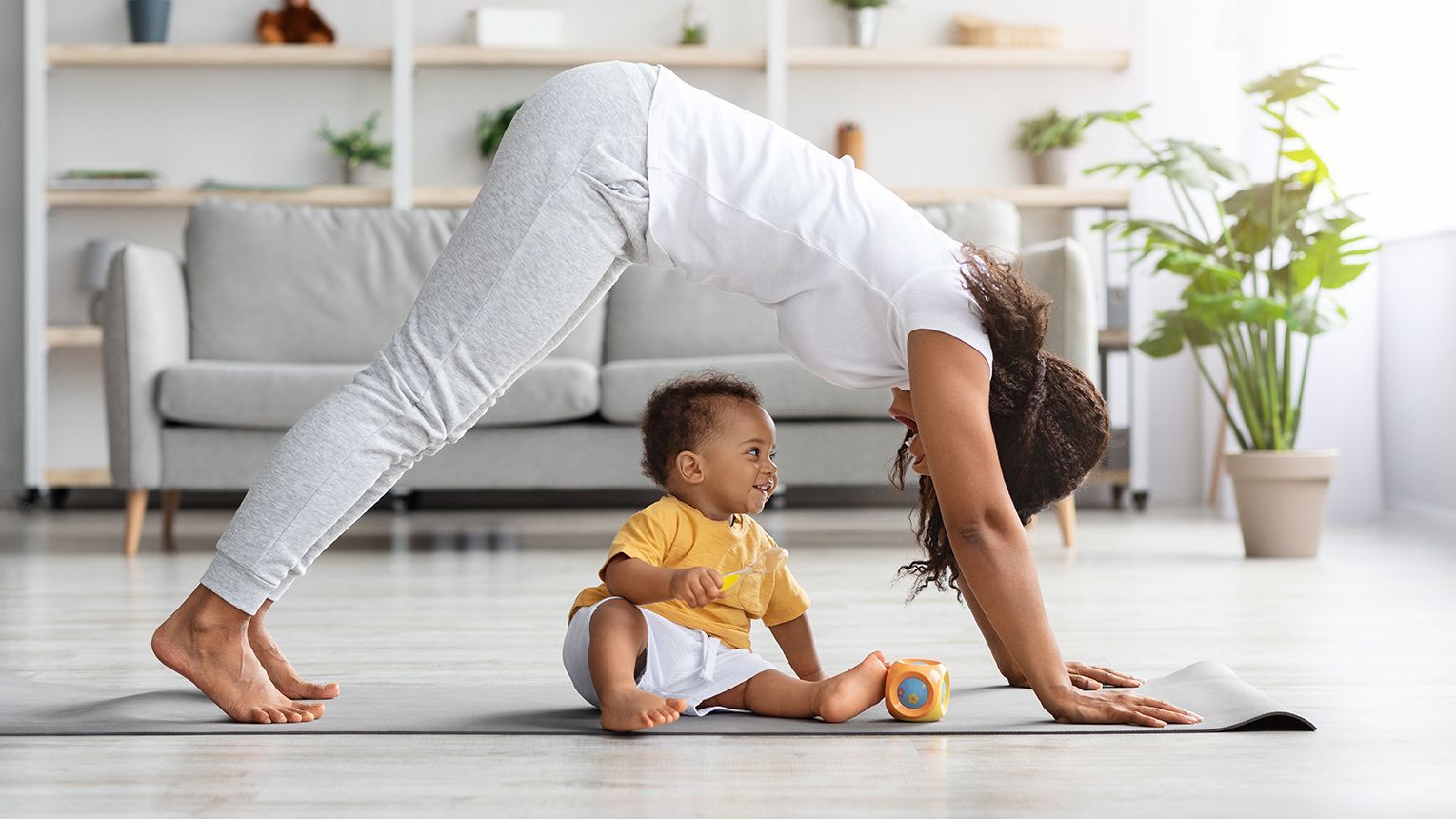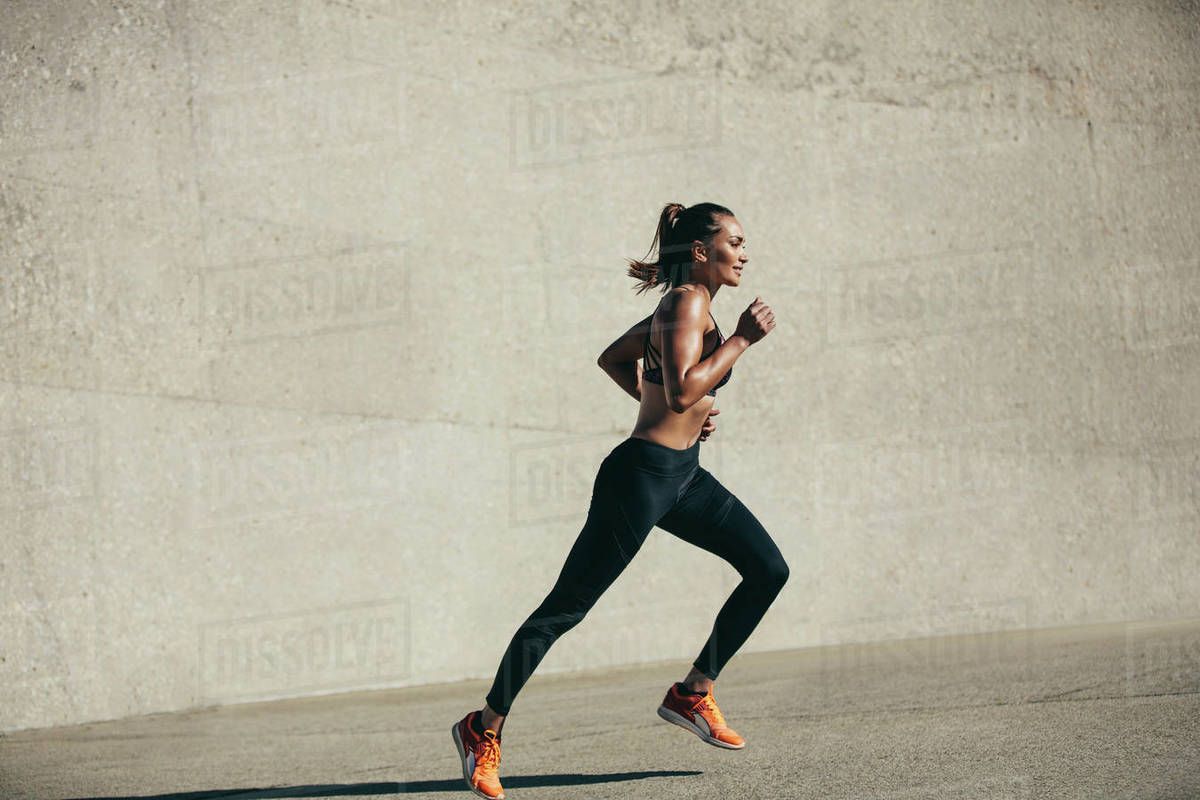Exercising for Mental Health....and how it saved me!
Life can be a lot sometimes. To cope with the normal stressors of life, it’s important to maintain good mental health…. but what does that even look like? Mental health is a state of wellbeing that affects how you think, feel and act. It influences how you handle stress, how you relate to others and how you view yourself and the world around you. When left unchecked, you can develop mental health conditions and disorders like anxiety and depression. Over 2 in 5 Australians aged 16-85 have experienced some sort of mental disorder in their life. A person doesn’t need to meet the criteria for a mental disorder to be negatively affected by mental health though, and maintenance of our mental health should be equally as important as our physical health. It’s well known that regular exercise has many positive health outcomes for the body and our physical health, but what’s often overlooked is the impact exercise has on mental health. I have always been a bit of a fitness fanatic, but it took hitting rock bottom to truly understand the role exercise could play in my life.
Two and a half years ago, my life was turned upside down when we welcomed two identical tiny humans into the world. With no family support in the country, we knew parenting would be hard – and it was - but no one prepared me for the unavoidable chemical changes your body sustains with being a new mother. Regardless of how much support or how many babies you have, the hormonal changes are inevitable. Now add sleep deprivation, identity crisis and a global pandemic and you have a pretty good recipe for mental health issues. These were the darkest moments of my life. I had never felt so alone, incapable, overwhelmed and just immensely sad. All.of.the.time. Exercising at that point seemed impossible, let alone desirable like it once was. 2 months into my parenting journey (in the middle of a Covid lockdown) I was admitted into the MBU (Mother & Baby Unit) at King Edwards Hospital for 3 weeks, where I was diagnosed with post-natal depression, anxiety and attachment disorder. Fast forward a week into my treatment, I was told for about the 20th time that unless I started taking medication (anti-depressants), my condition wouldn’t improve. I fully support medication as a means of treating mental illness, but knowing my body and predisposition prior to having children, I knew this wasn’t my way out. I could tell my resistance to treatment was getting frustrating for all involved and I began feeling a bit hopeless.
One day, a nurse suggested working exercise into my care plan. Exercise? I had completely forgotten that word even existed. 30 minutes of exercise a day was worked into my routine and that same day she arranged for someone to care for my children while I went outside for a run. In my current state of mind, going for a run (or going outside for that matter) was the last thing on the planet I felt like doing. I still remember the exact moment I started running when something in my brain clicked – this was exactly what I needed. Unfortunately, depression can have somewhat of a paralytic effect. I knew I needed this exercise, but certainly wasn’t prepared to do it of my own free will. It took someone practically pushing me out the front door to get going. Each day though, it became easier for me to put my shoes on and head out by myself. After just a week of my new regime, I was reassessed and found to be less reactive and more positive throughout the day. Don’t get me wrong, it wasn’t an instant fix. It wasn’t until 6 months later I finally noticed I was actually looking forward to things and enjoying activities again.
Fast forward again to today – I live an active and healthy lifestyle with my husband and two crazy toddlers, I love my job and find myself surrounded by positive people. Most importantly, I now have the capacity to enjoy all of the little thing's life throws my way. I know without a doubt that exercise was the catalyst that drove my recovery.
It’s no wonder running had such a big impact on my mental health. Exercise releases mood-improving chemicals in your brain such as endorphins and serotonin. It can also help reduce feelings of loneliness and isolation by getting you out and interacting with other people. Practicing mindfulness while doing exercise has also been shown to reduce stress and improve mental health.
As depression most often makes you feel very tired and unmotivated, it can be hard to get started. One strategy is starting slow and setting small goals for yourself. This could be making sure your dog gets a daily walk, or taking the stairs at your office and giving yourself a mental high five when you get to the top. I promise you that achieving those small goals will feel good. If you need some support, ask friends or family members to help motivate you and keep you on track. Alternatively, there is a range of health professionals that can help – including exercise physiology.
Exercise physiologists specialise in delivering exercise, lifestyle, and behavioural programs in order to prevent and manage chronic conditions and injuries, including mental health conditions such as depression and anxiety. They can help set your goals and keep you accountable in a safe and supportive environment. Most exercise studies have shown a significant reduction in depression after eight weeks or more.
Whatever your exercise intensity – every little bit counts. You must start somewhere, and a great place to start is by chatting with your preferred health provider. Most importantly, talk about it! Share your story like I have. Invite your friends to join you on your exercise journey. The more people who know, the more support you’ll have…and before you know it, you’ll be inspiring others to do the same!
About mental health | Australian Government Department of Health and Aged Care
Managing-depression-with-exercise.pdf (blackdoginstitute.org.au)
Mental Health Benefits of Exercise: For Depression and More (healthline.com)
Carly Saunders
Administrative Assistant
Absolute Balance Exercise Physiology Group




